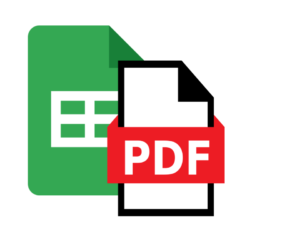Since Google Apps Script was released on August 19th, 2009, it is used by a lot of users. By this, now there are a lot of useful libraries of Google Apps Script (GAS) in all over the world. But when I want to search a GAS library, I always use Google search engine. Unfortunately, in the current stage, the libraries cannot be directly searched by a database. On January 11th, 2020, a proposal for the database of Google Apps Script Library has been proposed by Andrew Roberts. When I have discussing about this with him, I thought that I tried to think of a sample database. So I prepared this…
Google Apps Script turns 13 years old today and in celebration we are highlighting this combined community contribution. As you will see from the source repo commit history this searchable database of Google Apps Script libraries has been around for a while, but given what it represents we thought worth celebrating.

Member of Google Developers Experts Program for Google Workspace (Google Apps Script) and interested in supporting Google Workspace Devs.









